Recommended Guidelines for Parents of Young Children:1) Establish a Family Media Use Plan (www.healthychildren.org/MediaUsePlan) as early as possible. 2) Avoid digital media use (except video-chatting with a parent/carers support) in children younger than 18 to 24 months. 3) For children 18 to 24 months of age (if you want to introduce digital media) choose high-quality programming (e.g. Play School, Seasame Street, Mr Maker) and watch it together with your child, because this is how toddlers learn best. Letting children sit and watch television and play on apps on their own at this age should be avoided. 4) Do not feel pressured to introduce technology early. Children will intuitively work them out quickly once they start using them at home or in school. 5) For children 2-5 years of age, limit screen use to 1 hour per day of high quality programming. Watch the program together with your child to help them understand what they are seeing, and help them apply what they learn to the world around them. Coviewing promotes enhanced learning and greater interaction. 6) Monitor children's media content and what apps are being used or downloaded. Test apps before a child uses them or play them with the child and ask them what they think about the app. Avoid fast-paced programs (young children do not understand them as well) and apps with lots of distracting or any violent content. 7) Turn off televisions, ipads and other devices when not in use. 8) Avoid using media as the only way to calm or settle your child. Although there are occasional times (e.g. medical procedures, airplane flights) when media is useful as a settling and soothing strategy, there is concern that using media as a strategy to calm children could lead to problems with limit setting, or the "inability of children to develop their own emotion regulation". A Paediatrician or Paediatric Occupational Therapist may be able to provide further help in this area if needed. 9) No screen 1 hour before bedtime. Children who have screen time right up until bedtime have poorer sleep. Remove devices from bedrooms before bed. 10) Keep bedrooms, mealtimes and parent-child playtimes screen free for children and parents. Parents can choose a "do not disturb" option on their phones during these times. Written by Sarah Creagh using content from the following publication:
|
Speech and Language Development in 6-12 month olds This is such an exciting age where your baby learns and develops so much. Here are some of the exciting things your baby will learn to do: * Turns and looks in the direction of sounds * Listens when spoken to *Responds to simple spoken requests e.g. "come here", "up", "ta" * Copies gestures (e.g. clapping hands) * Uses simple gestures such as shaking head for "no" or waving "bye-bye" * Laughs in response to something *Enjoys playing simple social games such as peek-a-boo and pat-a-cake *Understands first words such as familiar peoples names (e.g. "Nana") or common items such as “cup,” or “milk” *Babbles using long and short groups of sounds he/she repeats (“dada, mama, bibibi”) and will start to vary sounds (e.g.babadaga) once skilled at repeating them. *Babbles to get and keep attention * Imitates different speech sounds he/she hears (e.g. ah oh, brrrm) * Has one or two words (“hi,” “dog,” “Dada,” or “Mama”) by first birthday | Babbling and attempting to copy sounds and first words is a critical stage of speech and language development and sets the foundation for future speech and language development. If your baby doesn't seem to play with making sounds or hasn't gone through the babbling stage by 12 months of age, a speech pathology assessment is recommended. |
Top 10 To Do List To Help Babies Learn to Talk:
Number 1
Babies learn about talking and listening through play, so it's important to set aside time to play with your baby each day.
Number 2
Imitate your babies sounds. Watch your baby and copy their actions and sounds. Do this immediately after your baby has made a sound. Make this into a fun game you play everyday. Reward your baby if he/she imitates the sound back by showing them you're excited they copied you (e.g. smile, cuddle, comment "clever talking").
Number 3
Take turns making sounds and playing. Pause to listen and speak just like you would in an adult conversation. Copy their actions and sounds and then wait for them to try to copy you or make a different noise or action.
Number 4
Talk to your baby often, get face to face with them speaking slowly, clearly and simply. Babies love to watch their parents faces and this is great for encouraging sound play, language development and early social interaction skills.
Number 5
Lots and lots of sound play. Play games and activities that encourages lots of sounds. Watch and listen to your baby to see what activities he/she likes to make sounds during. What sounds does he/she like to make? Are there certain times of the day he/she likes to make sounds (e.g. bathtime, mealtimes, waking up time)? Use these times to join in making sounds and modelling how to make different sounds.
Number 6
Use exciting toys, books and games to encourage making sounds. Toys that have a 'surprise' or books that are colourful with tags, flaps and crinkley fabric they can play with are most likely to make your child vocalise (e.g. Jack in the Box, Pop Up Farm Toy). You can choose key words to model repeatedly that your baby will enjoy listening to, learning and might try to copy (e.g. open, pop, peek-a-boo Jack).
Number 7
Mirror time is great! Babies often love making sounds in front of a mirror with mum or dad. Sit in front of a mirror together and make silly faces and noises together.
Number 8
Sing songs and nursery rhymes together everyday. Singing the same words over and over again will help your baby learn language and rhythm. Try singing to your baby in babble sounds and nonsense sounds (e.g. la la la, da da da, na na na, MMmmm) and see what he/she does. Encourage your baby to join in by smiling, clapping or praising any of his/her attempts.
Number 9
Introduce new sounds once your baby is able to take turns producing a single sound (e.g. baba). You can encourage your baby to copy a new sound (e.g. mama). You might focus on a sound your think they might be starting to try to make (e.g. Mmm) or introduce a sound they aren't making yet (e.g. gaga)
Number 10
'Use lots of sounds during play. These don't have to be real words, they can be made up sounds or easy words like an animal noise. 'Play sounds' catch a baby's attention, are easier to understand and are often easier to imitate than real words. Examples you could try are:
wee - when pushing on a swing.
pop - when popping bubbles
moo, baa, neigh, woof - animal noises when playing with toy animals
Brrrmm brrmm - when pushing a toy car to each other
ha ha ha - when patting panting dog
Grrr - when pretending to be a lion
Mmmm - when eating something nice
raspberry blowing - when pretending to be a horse or playing with toy horse
wee - when lifting up high
eeow - when flying toy plane or pretending to be a plane
oh oh - when drop something
toot toot - when playing with toy truck or watching real truck go past
wee - when pushing on a swing.
pop - when popping bubbles
moo, baa, neigh, woof - animal noises when playing with toy animals
Brrrmm brrmm - when pushing a toy car to each other
ha ha ha - when patting panting dog
Grrr - when pretending to be a lion
Mmmm - when eating something nice
raspberry blowing - when pretending to be a horse or playing with toy horse
wee - when lifting up high
eeow - when flying toy plane or pretending to be a plane
oh oh - when drop something
toot toot - when playing with toy truck or watching real truck go past
Written By Sarah Creagh, Speech Pathologist.
References Used:
Speech and Language Developmental Milestones - NIDCD
www.nidcd.nih.gov
Child Development Milestones - 6 months - Queensland Government
www.health.qld.gov.au
'Early Communication Skills' Handout, Speech Pathology Department, Priness Margaret Hospital
Helping Your Baby To Talk, Speech Pathology Australia
www.speechpathologyaustralia.org.au
www.nidcd.nih.gov
Child Development Milestones - 6 months - Queensland Government
www.health.qld.gov.au
'Early Communication Skills' Handout, Speech Pathology Department, Priness Margaret Hospital
Helping Your Baby To Talk, Speech Pathology Australia
www.speechpathologyaustralia.org.au
| Preschool Children: 3 to 5 years Preschool children start to use much longer sentences, yet their speech should still be understood by less familiar people outside of the family, about 75% of the time. By 5 years of age, anyone should be able to understand the child’s speech in conversation 95-100% of the time. |
Below are 10 top tips on how to help you child speak clearly. These are general ideas for parents to use. If you have any concerns regarding how clearly your child speaks it is recommended you get a speech pathology assessment and advice from a speech pathologist.
Number 1
Get down to your child's level, so your child can see your mouth. Visual models help to reinforce how to properly say certain sounds.
Number 2
Speak in a slow but natural way. This will encourage your child to speak at the same rate. Speaking quickly requires more refined coordination.
Number 3
Instead of asking your child to repeat the word or copy you, model the word back emphasizing the sound in error correctly (e.g. Your child says, "I want the big tar", you can say, "You want the big Car?"
Number 4
Promote good hearing. Good hearing is essential for the development of normal articulation. If you are concerned with you child's articulation skills, it is always a good idea to have his/her hearing assessed.
Number 5
Provide lots of opportunity for your child to hear the target sound or sound pattern they're having difficulties using. You can set up interesting games and tasks or read sound loaded books (e.g. Little Mates Alphabet Series) together. The idea is to give your child the opportunity to hear multiple repetitions of a particular sound target, when modelled by you, during play or story time. Your child is not required to practice saying words or sounds during the activity. For example, if your child is 3 years 6 months and having difficulties using the 'f' sound, select several toys that contain the 'f' sound (e.g. fireman, fire engine, fire station), get down and play with your child with the toys using lots of opportunities to talk about what you're doing when you are playing (e.g. "The fireman is driving to the fire and putting out the fire. Fire, fire, fire. Quick lets get to the fire. Lets put out the fire. Wow, it's a big fire, lets get the hose, put out the fire. The fireman's fast at putting out the fire. It's fun to put out a fire fast."). Play the game or a similar game a few times a day for several days to give your child lots of opportunity to hear a particular sound target.
Number 6
If you have understood part of your child's sentence/conversation, repeat it back to him/her so he/she knows you have understood him. Building confidence is important to encourage your child to keep trying.
Number 7
Don't pretend to understand but rather ask your child to "show you" what he/she wants.
Number 8
Use the context of the situation and environmental cues as well as your child's facial expressions and intonation to help you to figure out your child's message.
Number 9
If you know your child can say the sound, you can give him/her choices (e.g. "Do you want the 'tar' or the 'car'?". Only use this strategy once a child is able to say the sound and can fix up the way they've said a word. Offering choices would not be a helpful strategy to use if they aren't able to do this yet.
Number 10
Provide frequent opportunities for your child to practice speaking throughout the day. If your child loves to have something in their mouth (e.g. dummy, finger sucking, thumb sucking), limit your child's use of these during the day so your child is not missing out on critical opportunities to practise sound play and speaking throughout the day. Encourage your child to take their finger or dummy out of their mouth when you are speaking to them so they don't get in a habit of speaking around them. Once your child has fallen asleep, encourage sleeping without the dummy or thumb in their mouth, to reduce any impact on their dentition. If you notice your child's teeth are being pushed forward or they are starting to develop a gap between their front teeth (i.e. open bite) it may mean their dummy use or finger or thumb sucking is starting to impact on their dentition and may also impact on their speech development. If you do have any concerns that your child's teeth alignment or bite may be impacting on their speech development it is advisable to see a dentist and speech pathologist who specialise in seeing children.
Written By Sarah Creagh, Speech Pathologist
Article Reference Sources:
Speech Pathology Australia - Fact Sheets: The Sound of Speech - Preschool and School Aged Children
www.speechpathologyaustralia.org.au
American Speech-Language-Hearing Association - Information for the Public
http://www.asha.org/public/
Speech-language-therapy dot com, Caroline Bowen PhD, Speech-Language Pathologist.
www.speech-language-therapy.com
www.speechpathologyaustralia.org.au
American Speech-Language-Hearing Association - Information for the Public
http://www.asha.org/public/
Speech-language-therapy dot com, Caroline Bowen PhD, Speech-Language Pathologist.
www.speech-language-therapy.com
Author - Sarah Creagh
I'm a speech pathologist with a passion for working in partnership with parents to support children to reach their maximum potential.
Archives
September 2018
December 2017
October 2017
September 2017
August 2017
July 2017
June 2017
April 2017
March 2017
February 2017
January 2017
December 2016
November 2016
Categories
All
Communication
Early Childhood
Emergent Literacy
Learn List
Literacy Skills
School Age Assessment
School Age Children
Toddler Talk

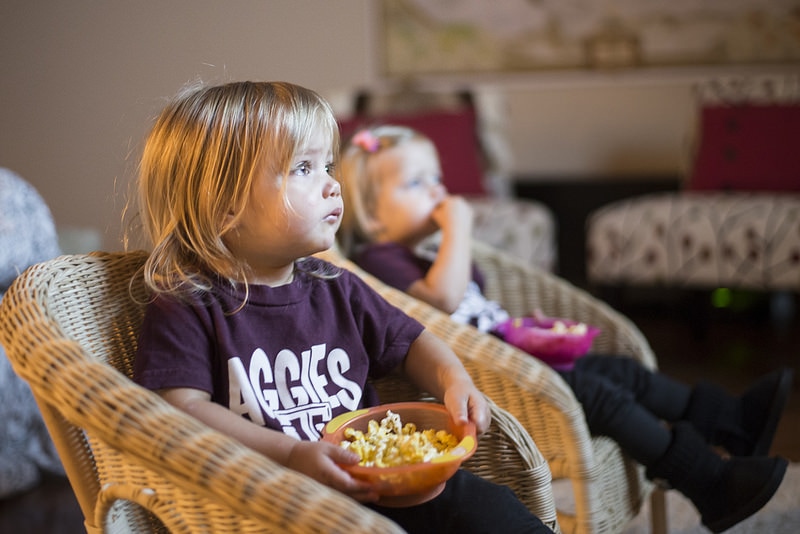
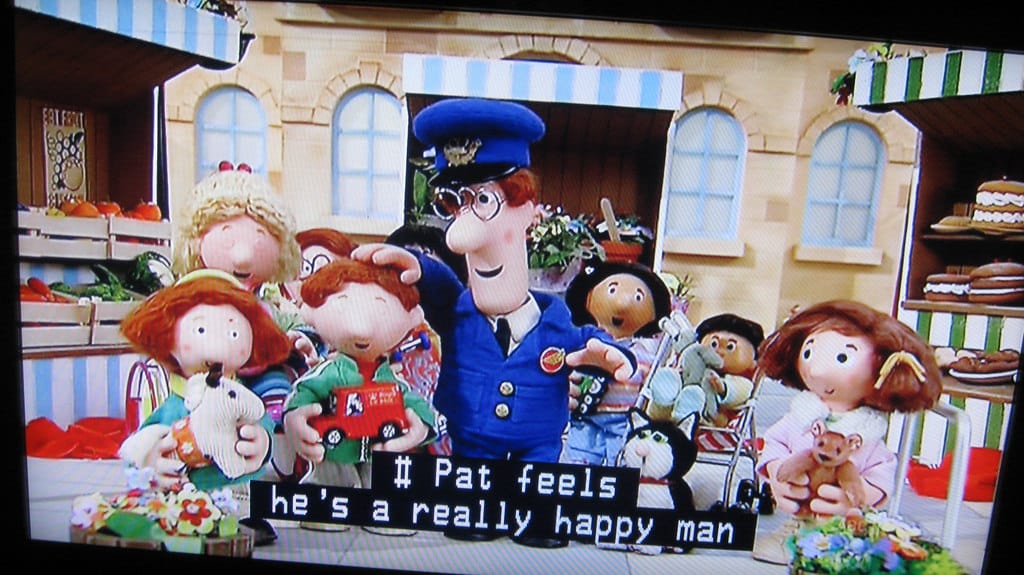
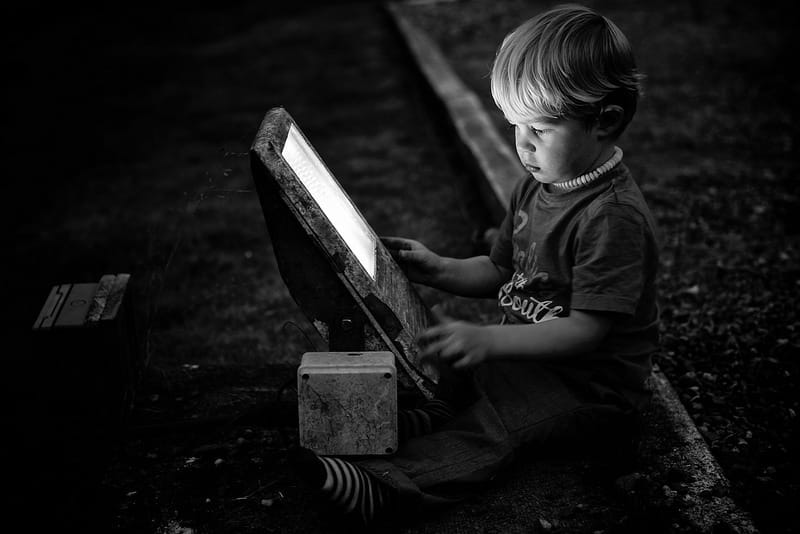

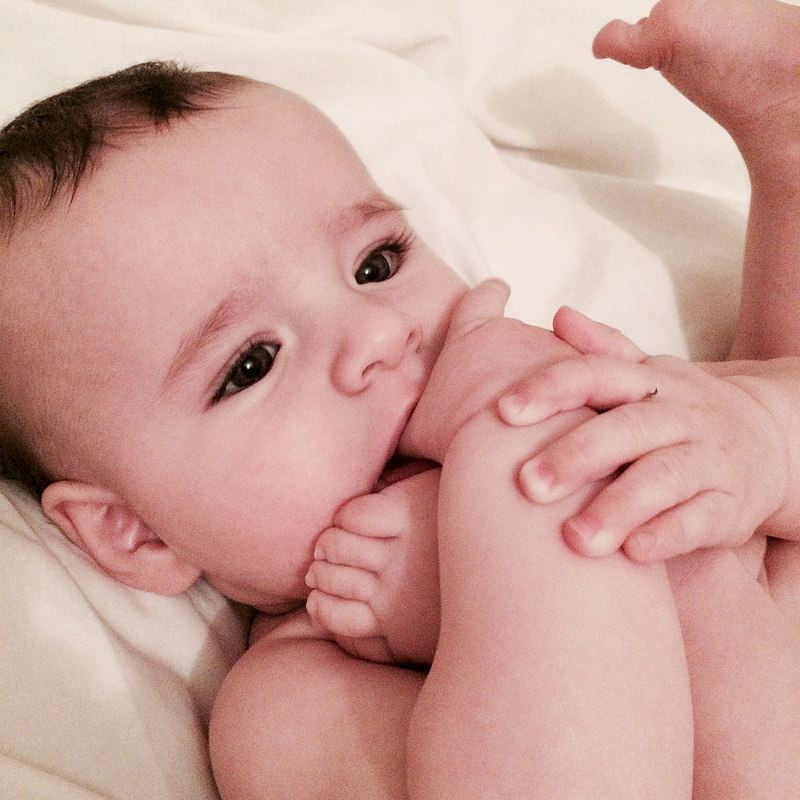

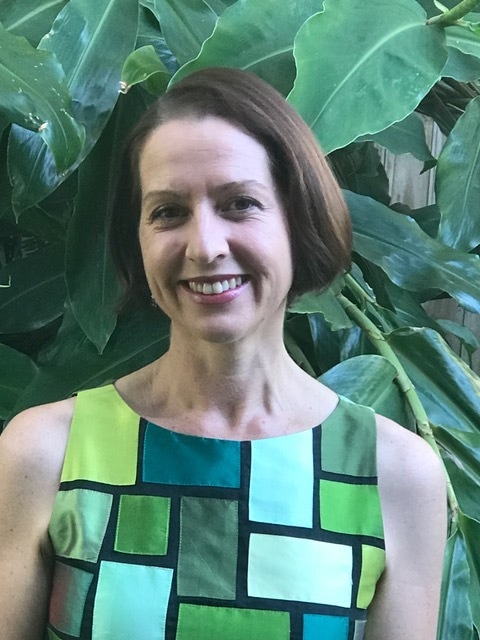
 RSS Feed
RSS Feed

